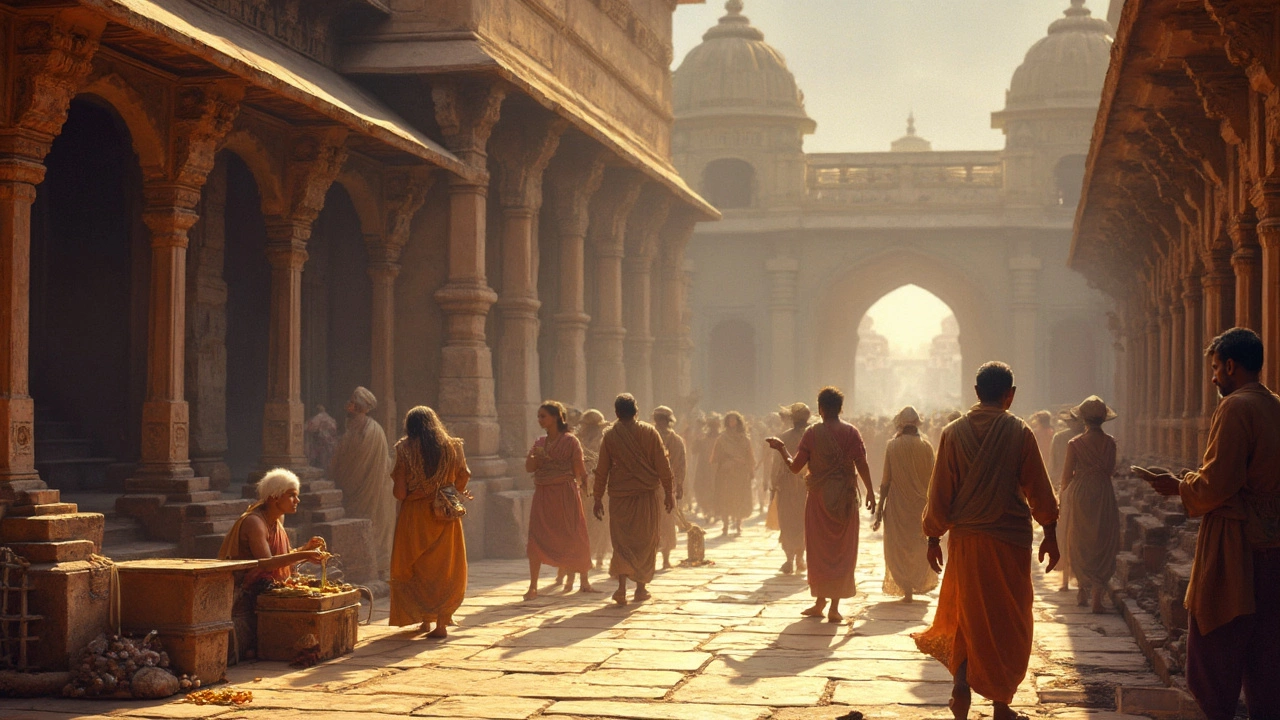SEARCH
Life Expectancy History: How Human Lifespan Evolved
Ever wonder why you can expect to live past 70, while your grandparents barely made it to 50? The answer lies in a long, twisty story of disease, nutrition, and social change. Let’s break down the big moments that pushed human lifespans forward.
Early Human Lifespan
Back in the hunter‑gatherer days, most people didn’t survive past their mid‑30s. Rough terrain, frequent injuries, and a lack of medical knowledge kept the average low. Scholars estimate a life expectancy at birth of about 25–30 years for prehistoric populations. Child mortality was the biggest drag – if you survived childhood, you could often reach 50.
When agriculture took hold around 10,000 BC, food became more reliable but also introduced new problems. Dense villages meant more contagious diseases, and a diet heavy on grains led to nutritional gaps. Life expectancy nudged up a bit, hovering around 35 years in many early farming societies.
Industrial Age Boost
The 19th century sparked a rapid climb in lifespan. Better sanitation, clean water, and vaccinations tackled the worst killers. In Europe and North America, life expectancy at birth jumped from the high 30s to the early 50s within a few decades. Public health measures, like sewage systems, made a huge difference.
At the same time, medical breakthroughs such as antibiotics and improved surgical techniques cut death rates from infections and injuries. By the early 1900s, many wealthy nations saw average lifespans around 60 years.
In the mid‑20th century, the trend accelerated. Post‑World War II prosperity meant better nutrition, education, and access to health care. The introduction of the first mass immunization programs for polio and measles added years to the average life. By 1960, life expectancy in the United States topped 70 years.
Developing countries followed later, often after the Green Revolution boosted food production and global health initiatives curbed malaria and tuberculosis. Today, most countries report life expectancies between 70 and 85 years.
What’s driving the current rise? Lifestyle choices matter – smoking rates, exercise, and diet shape how long we stay healthy. Medical tech plays a huge role, too. Early detection of cancers, better heart disease treatments, and innovative gene therapies are extending not just years, but quality of life.
Looking ahead, researchers debate how far human longevity can stretch. Some think we’ll regularly see people living past 100, thanks to advances in biotechnology and personalized medicine. Others warn that socioeconomic gaps and climate change could stall progress for many.
Bottom line: Life expectancy history is a story of humanity learning to overcome the forces that once kept us short‑lived. From rugged nomads to modern cities, each leap in health, sanitation, and knowledge has added years to our calendars. Knowing this helps us appreciate the strides we’ve made and the work still needed to keep the trend moving upward.

Lifespan at Indian Heritage Sites: What History Tells Us
How long did people live in India during different historical periods? This article uncovers the reality behind 'lifespan' at famous Indian heritage sites, using real stories, records, and modern research. Discover what ancient texts, tombstones, and travelers reveal about everyday life. If you're curious about history, daily struggles, and the secrets these monuments hold, this article breaks it down simply. You’ll also get tips for spotting clues next time you tour a historic site.
Continue reading